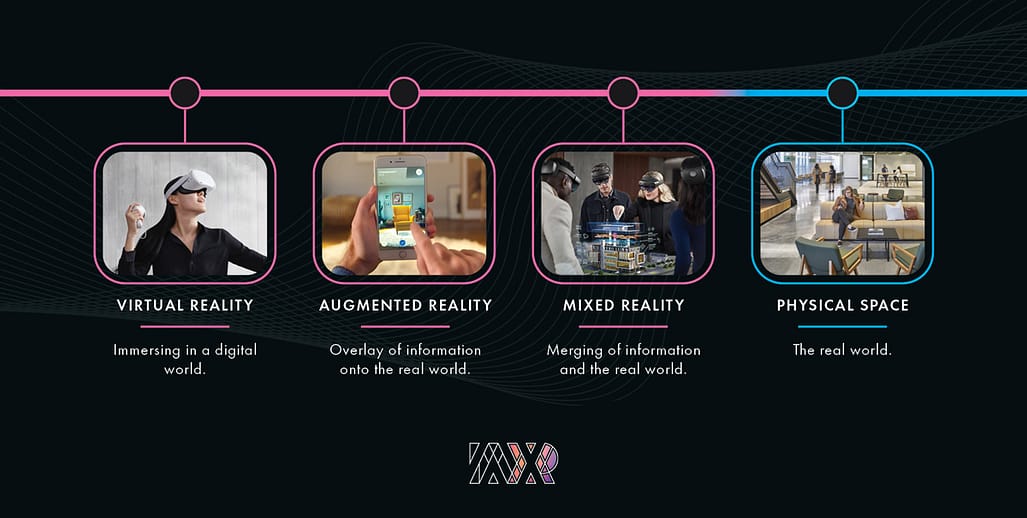By Guy Messick, AIA | Senior Director, Digital Technologies

Traditional model suites are physical build-outs that showcase an asset’s potential and are simple to access on site. These constructions, involving cost, schedules, and travel requirements, usually target a specific tenant demographic. XR model suites offer an additional option, providing an immersive and customizable experience of an asset based on one or many designs. Through XR, prospective tenants can virtually walk through the suite, visualize different layouts, and interact with various design elements such as furniture, lighting, and finishes. Expediting the leasing process, this type of immersion can help potential lessees understand the suite from a variety of viewpoints, make informed decisions about the space, and choose the path to buildout of the preferred customized design even without a visit to the actual site.
A vital aspect of any design effort is collaboration, and XR model suites take it to the next level. Joining a shared virtual environment, teams and stakeholders can collaborate remotely, visualize and discuss design options, and even annotate areas for modifications. This interactive and remote collective can boost communication for an efficient decision-making process.
XR enables building owners/landlords to create virtual environments at a reasonable price without constructing a build-out. And it accurately represents a property’s potential, design features, and furnishings, which can allow for quicker time to market and reduce costs, especially when showcasing a highly customized space for a potential tenant. Moreover, the ability to virtually tour a property saves time for owners and tenants, eliminating the need for multiple in-person visits.
For asset marketing and branding efforts, XR model suites provide a unique platform. Landlords and developers can incorporate their logo, branding elements, and informational materials within the virtual experience, celebrating their identity throughout the tour. And these immersive experiences are easily shared via online platforms, social media, and email, extending their reach to a broader audience and generating interest in the property. For some property owners, developers, and potential clients, extended reality model suites transform the leasing process, connecting people to place via XR technologies that can be applied to single floors or entire developments.
Offering enhanced visualization, customization, interactive collaboration, and new marketing opportunities, XR model suites are a powerful option, in addition to built-out spec suites, for developers and landlords in marketing their properties. As the technology continues to evolve, IAXR will increasingly be a strong addition to the way we imagine and experience CRE assets, expanding the leasing process for efficiency and engagement through the innovations of this futuristic technology.


